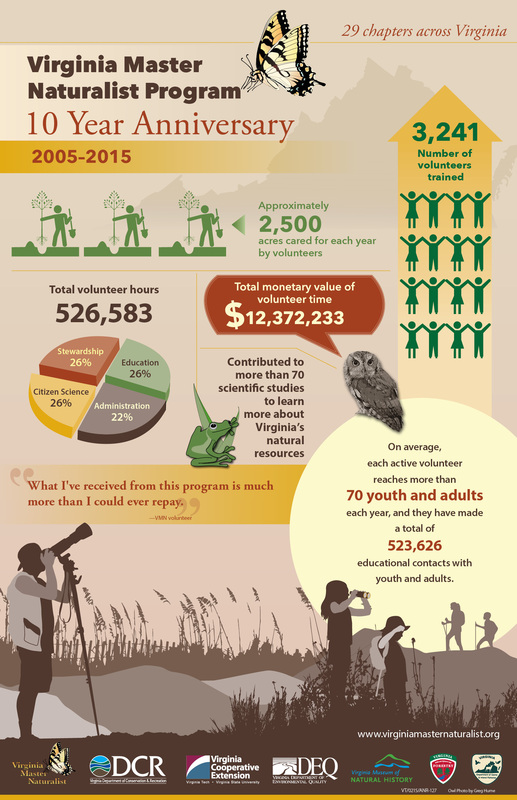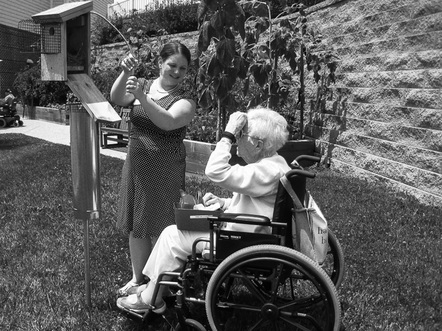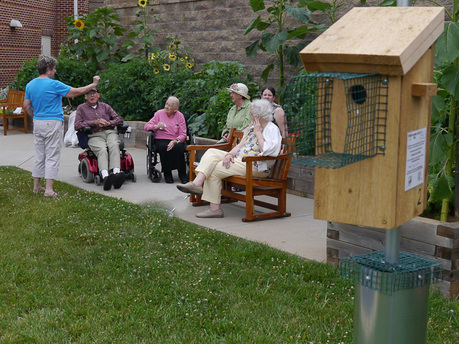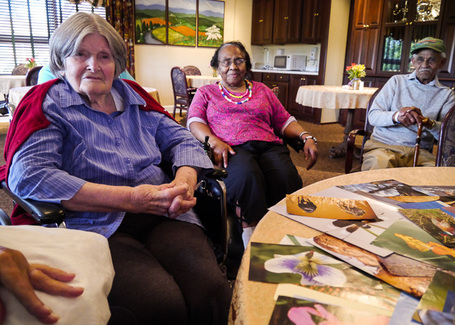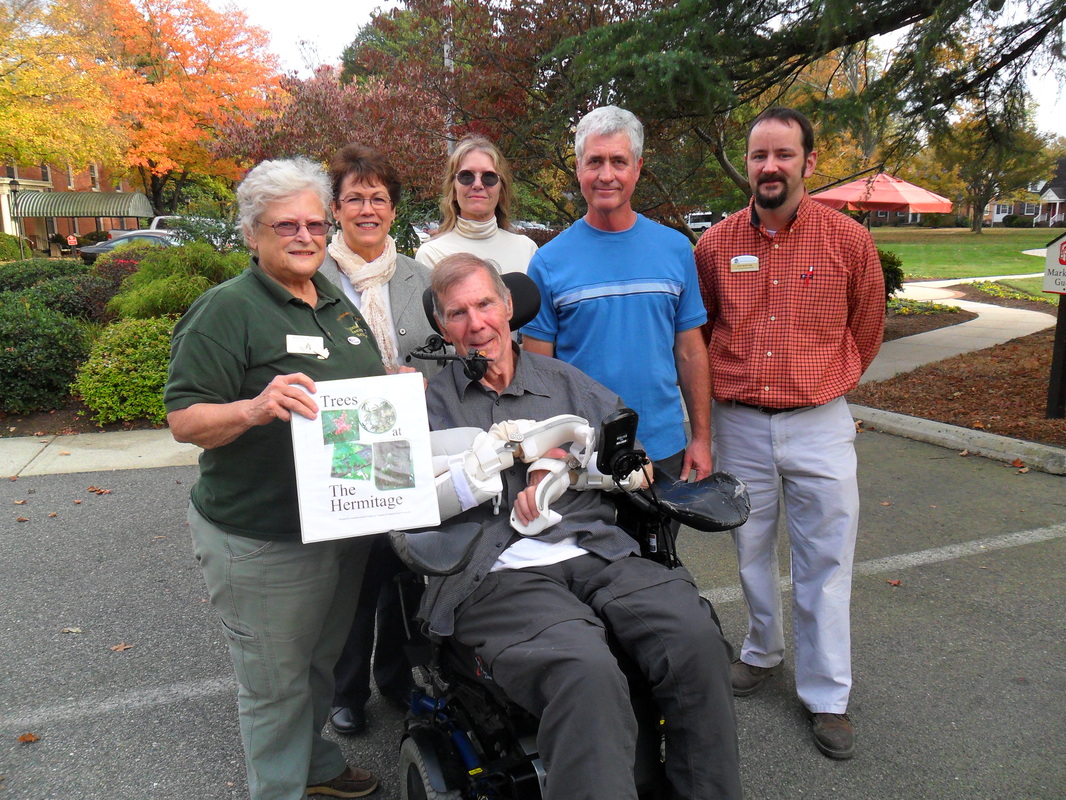Dates and Venues of Regional Conferences Announced
Central Region: Saturday, August 29 at Holiday Lake 4H Center, Appomattox, VA
The central region includes Alleghany Highlands, Rockbridge, Central Virginia, Central Blue Ridge, Central Piedmont, James River, Rivanna, and Headwaters chapters
Southeast Region: Sunday, August 30 at Airfield 4H Center, Wakefield, VA
The southeast region includes Riverine, Pocahontas, Historic Rivers, Historic Southside, Peninsula, Tidewater, Eastern Shore, and Northern Neck chapters
Southwest Region: Saturday, September 26 at Hungry Mother State Park, Marion, VA
The southwest region includes Holston Rivers, Beagle Ridge, New River Valley, Roanoke Valley, Blue Ridge Foothills and Lakes, and Southwest Piedmont chapters
Northern Region: Sunday, September 27 at Skyland Resort, Shenandoah National Park, Luray, VA
The northern region includes Old Rag, Shenandoah, Banshee Reeks, Fairfax, Arlington Regional, Merrimac Farm, and Central Rappahannock chapters
We will be reserving participation in these regional events to volunteers that are members in those regions. However, if space is still available after a period of closed registration to the region’s volunteers, we will open up registration to volunteers in any chapter. We look forward to seeing many of you this fall!
Dates and Venues of Regional Conferences Announced Read Post »

